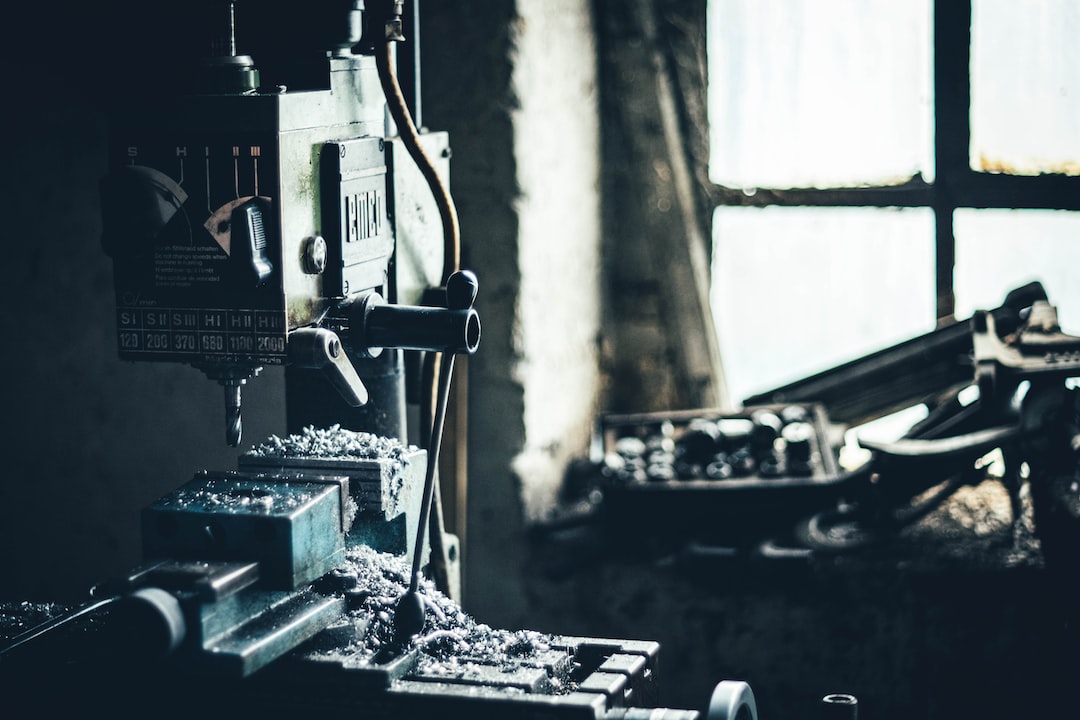Improving Productivity in Manufacturing: Strategies and Best Practices
The manufacturing industry is a critical backbone of any economy, driving growth, creating jobs, and enabling innovation. However, in today’s highly competitive global market, manufacturers are constantly looking for ways to improve productivity and efficiency to stay ahead of the curve. This blog post explores some strategies and best practices that can help manufacturers enhance their productivity and achieve higher levels of success.
1. Implement Lean Manufacturing Principles:
Lean manufacturing is a systematic approach that aims to eliminate waste, reduce lead time, and optimize production processes. By identifying and eliminating non-value-added activities, manufacturers can streamline their operations, reduce costs, and enhance productivity. Some key principles of lean manufacturing include just-in-time inventory management, continuous improvement, error-proofing, and the 5S methodology (sort, set in order, shine, standardize, sustain).
2. Invest in Automation:
Automation technologies such as robotics, machine learning, and artificial intelligence have revolutionized the manufacturing industry. By automating repetitive tasks, manufacturers can significantly increase productivity, improve product quality, and reduce the risk of human error. Advanced robotics can handle complex assembly processes, while machine learning algorithms can quickly analyze large datasets to optimize production efficiency. Furthermore, automation can also free up human workers to focus on more strategic and creative tasks.
3. Embrace Advanced Manufacturing Technologies:
Technological advancements such as additive manufacturing (3D printing), advanced analytics, and the Internet of Things (IoT) offer manufacturers new opportunities to enhance productivity. 3D printing enables rapid prototyping and customization, reducing lead times and costs. Advanced analytics can analyze large datasets in real-time, providing valuable insights for process optimization and production planning. IoT allows for machine-to-machine communication, enabling predictive maintenance and improving overall equipment effectiveness.
4. Optimize Supply Chain Management:
A well-optimized supply chain is crucial for manufacturing productivity. By collaborating closely with suppliers and implementing effective inventory management techniques, manufacturers can reduce lead times, minimize stock-outs, and eliminate excess inventory. Implementing a robust supply chain management system and leveraging data analytics can help manufacturers project demand accurately, optimize inventory levels, and streamline the flow of materials.
5. Continuously Train and Empower Employees:
Investing in employee training and empowerment is essential for improving manufacturing productivity. Ensuring that workers have the necessary skills and knowledge to perform their tasks efficiently can result in higher quality products, reduced downtime, and improved overall production efficiency. Manufacturers should provide regular training programs to keep employees updated on the latest technologies and industry best practices. Additionally, empowering employees by involving them in decision-making processes can enhance their job satisfaction and motivation, leading to increased productivity.
6. Implement a Culture of Continuous Improvement:
Creating a culture of continuous improvement is vital for long-term manufacturing success. By encouraging employees to seek out and suggest process improvements, manufacturers can achieve incremental gains in productivity over time. Adopting methodologies such as Six Sigma or Kaizen can help identify areas for improvement and implement data-driven solutions. Regularly reviewing performance metrics and rewarding employees for their contributions to process improvement fosters a culture of innovation and efficiency.
7. Ensure Workplace Safety:
Promoting workplace safety is not only a moral obligation but also a crucial factor in improving productivity. Providing a safe and healthy working environment minimizes accidents, reduces absenteeism, and ensures continuity in production. Manufacturers should implement robust safety protocols, provide proper personal protective equipment (PPE), and regularly train employees on safety procedures. Involving employees in safety initiatives through cross-functional safety teams can also foster a sense of ownership and commitment to maintaining a safe workplace.
In conclusion, improving productivity in manufacturing requires a holistic approach that encompasses various strategies and best practices. Whether through implementing lean manufacturing principles, embracing advanced technologies, optimizing supply chain management, training and empowering employees, fostering a culture of continuous improvement, or prioritizing workplace safety, manufacturers can unlock their full potential and achieve higher levels of productivity and success. By staying adaptable and leveraging the latest innovations, manufacturers can position themselves at the forefront of the industry and drive economic growth in an increasingly competitive landscape.
